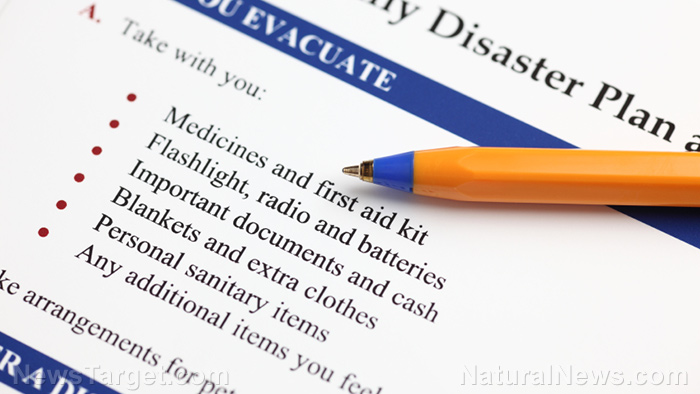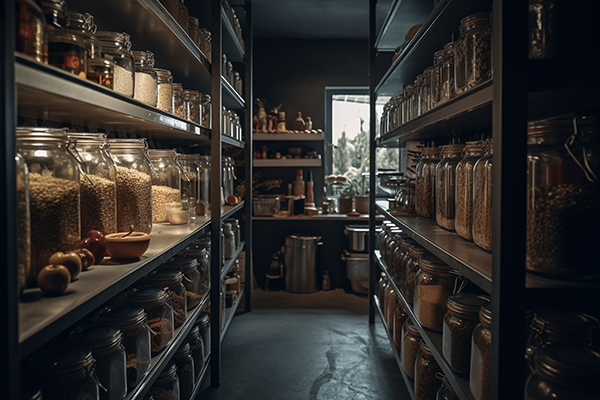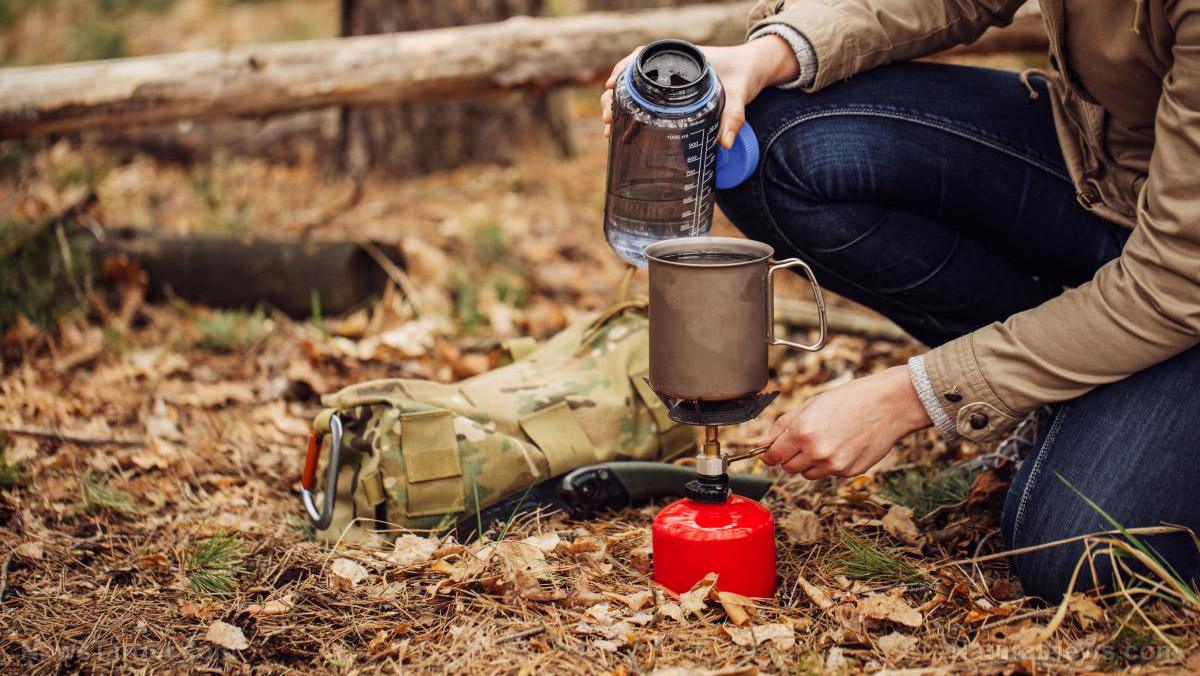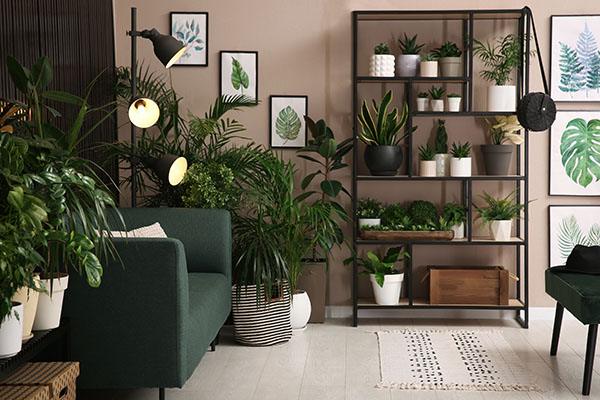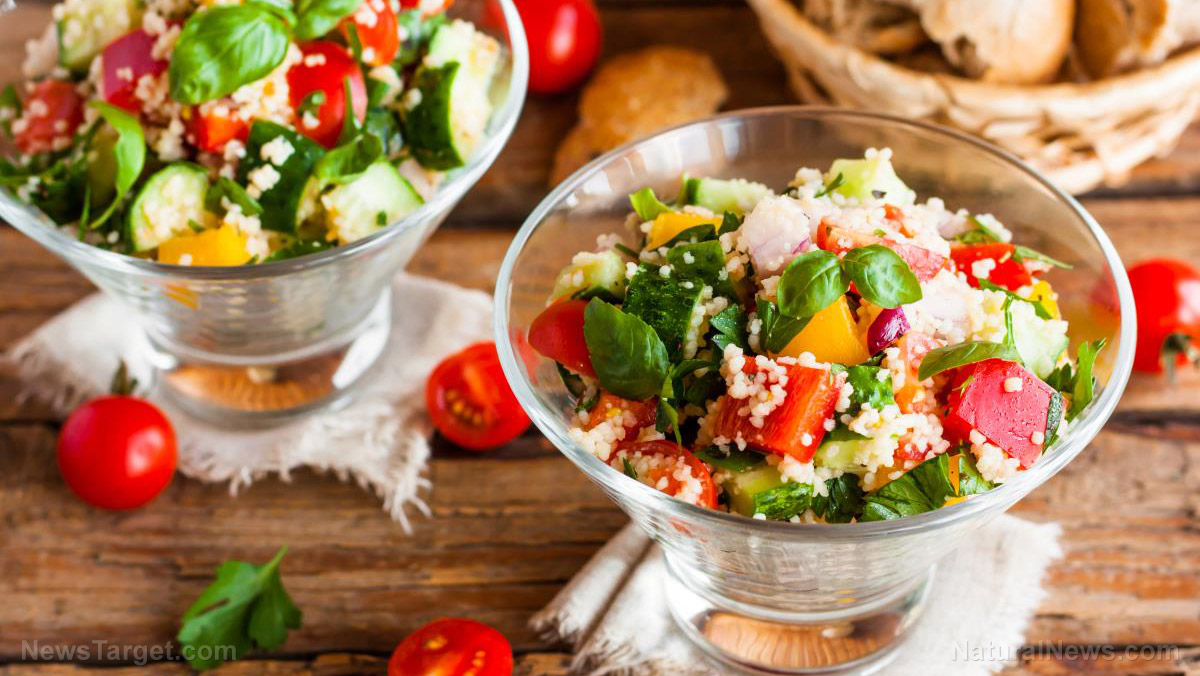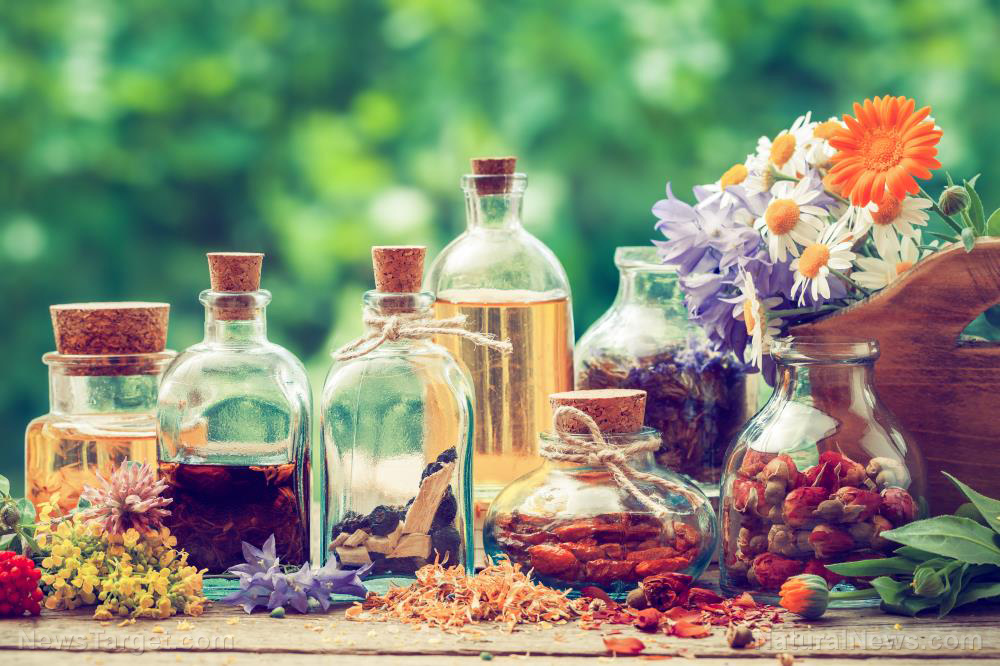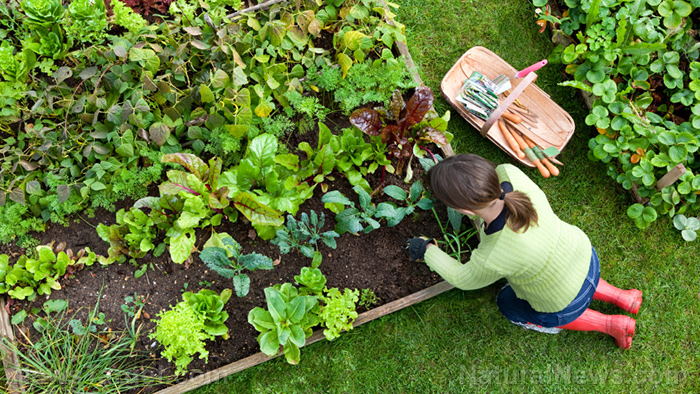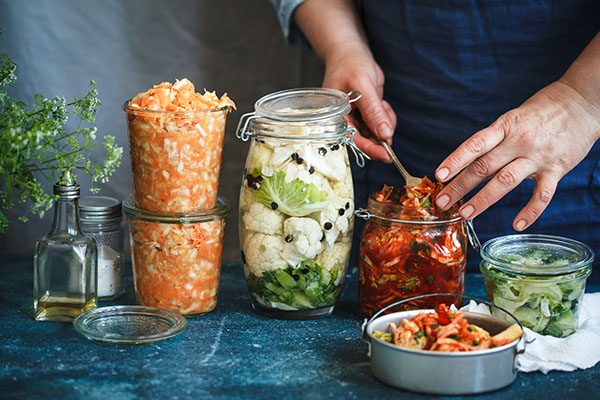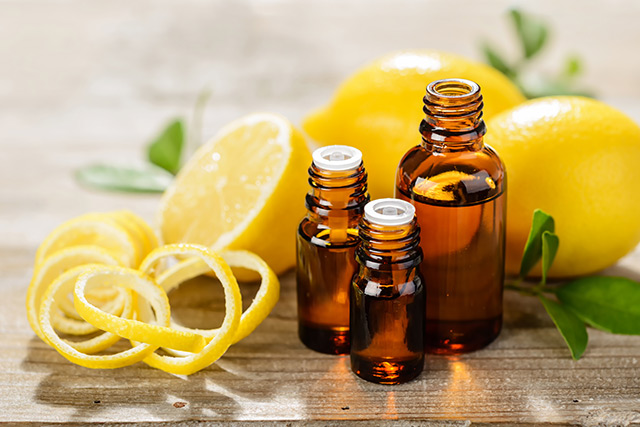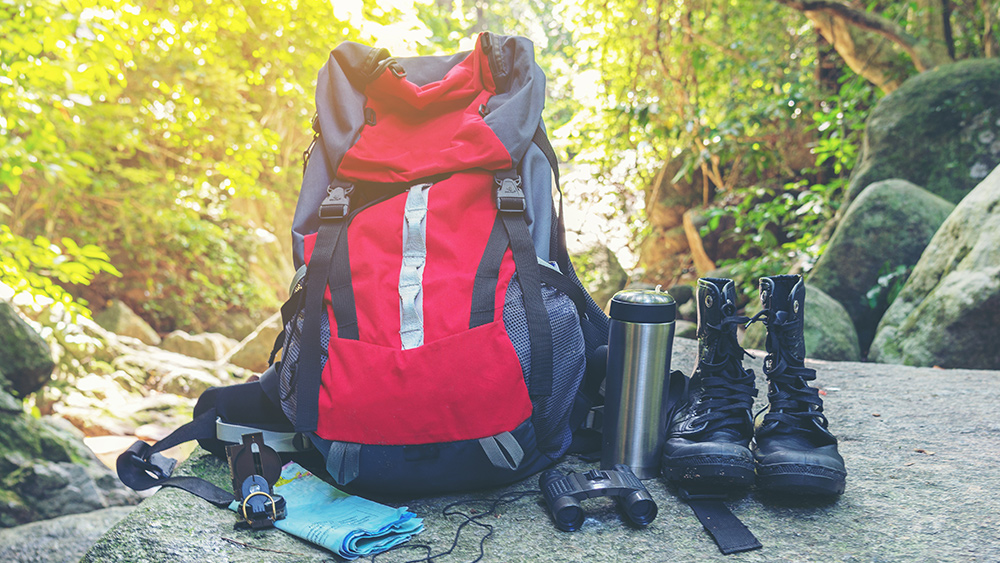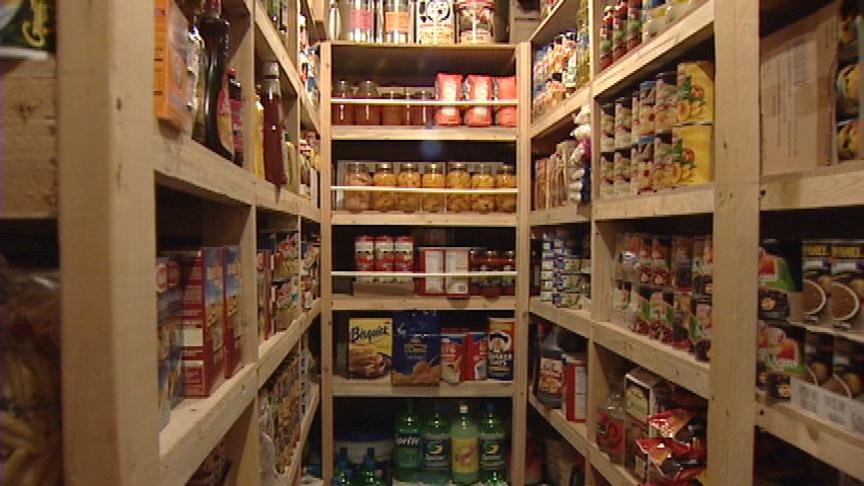Home gardening for preppers: A beginner’s guide to growing your own food
03/26/2025 / By Zoey Sky
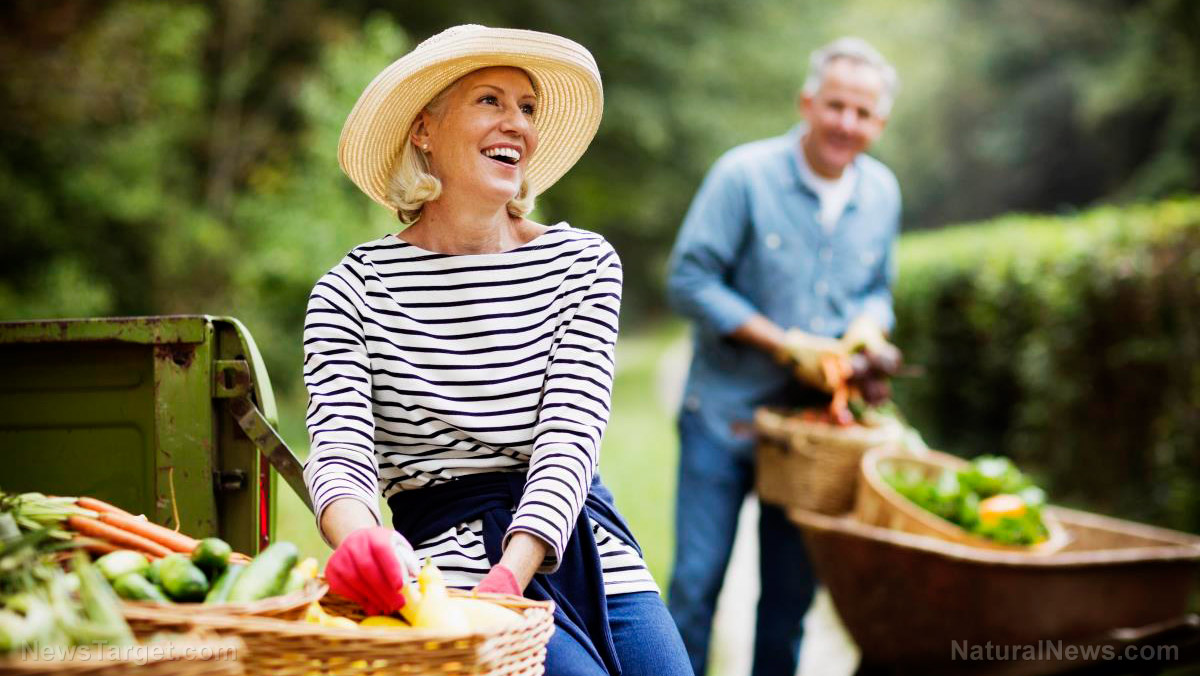
- Growing your own food is a practical, cost-effective and empowering step toward self-sufficiency.
- Gardening also offers mental health benefits, such as stress reduction and a sense of accomplishment.
- If you want to start a home garden, choose the right location with at least six hours of direct sunlight daily. For small spaces, consider container or vertical gardening.
- No-till gardening is beginner-friendly and eco-friendly. Raised beds are another excellent option, offering better drainage, faster warming and reduced weeding.
- Select crops based on your climate, space and preferences. Beginners should start with easy-to-grow vegetables (leafy greens, root vegetables, tomatoes, peppers and vining plants), fruits (berries, dwarf fruit trees) and herbs (basil, cilantro, mint, or parsley). Preppers may prioritize staple crops like beans, potatoes and grains for long-term storage. Regular care is crucial for a thriving garden. Water efficiently, mulch to suppress weeds, rotate crops and use organic pest control methods.
In an era of economic uncertainty and increasing interest in self-sufficiency, starting an edible home garden is one of the most practical steps you can take.
Whether you’re a prepper preparing for long-term survival or simply looking to cut grocery costs, growing your own food is a rewarding and empowering endeavor.
With a little planning and effort, even beginners can cultivate a thriving garden that provides fresh produce year-round. Read on to learn how to get started. (h/t to ModernSurvivalOnline.com)
Step 1: Choose the right location
The first step in creating an edible garden is selecting the right spot. Ideally, your garden should receive at least six hours of direct sunlight daily.
Sunlight is essential for most vegetables and fruits to thrive. If you’re working with a limited space, don’t worry — container gardening or vertical gardening can work wonders in small areas.
If possible, choose a location protected from strong winds, which can dry out soil and damage plants.
For urban dwellers, balconies, rooftops or sunny windowsills can serve as productive growing spaces.
Step 2: Start with healthy soil
Healthy soil is the foundation of a successful garden. If your soil is nutrient-rich and well-draining, your plants will grow stronger and produce more.
Begin by testing your soil’s pH and nutrient levels. Many local agricultural extension agencies offer affordable soil tests, which can guide you on whether to add lime (to reduce acidity) or acidic mulch (like pine needles) to balance the soil.
For beginners, composting is a game-changer. Compost enriches the soil, improves water retention in sandy soils and enhances drainage in clay soils.
If you’re gardening in containers, opt for high-quality potting soil, preferably organic and OMRI (Organic Materials Review Institute)-certified.
Step 3: Break ground with no-till gardening
No-till gardening is an excellent method for beginners. It’s simple, eco-friendly and promotes soil health by preserving beneficial microbes and insects.
To start, lay down plain brown cardboard over your chosen area, followed by a thick layer of mulch (leaves, straw, or hay) and a layer of compost. Over time, these materials break down, creating fertile soil for your plants.
Raised beds are another beginner-friendly option. They warm up faster in spring, drain well and reduce the need for weeding. Plus, they’re easier on your back.
Step 4: Choose the right crops
When selecting what to grow, consider your climate, space and personal preferences. For preppers, staple crops like dry beans, potatoes, sweet potatoes and grains (such as wheat or quinoa) are excellent choices for long-term storage.
However, beginners should start with easy-to-grow vegetables and herbs to build confidence.
Best vegetables for beginners:
- Leafy greens – Kale, lettuce, spinach and Swiss chard are fast-growing and forgiving
- Root vegetables – Beets, carrots and radishes are hardy and low-maintenance
- Tomatoes and peppers – Tomatoes and peppers are slightly more demanding but highly rewarding
- Vining plants – Cucumbers, green beans and zucchini are prolific producers
Best fruits for beginners:
Blackberries, blueberries and strawberries are relatively easy to grow and require minimal space. Meanwhile, dwarf fruit trees, like apples or pears, can also thrive in small gardens.
Best Herbs for Beginners:
Basil, cilantro, parsley and mint are simple to grow and can add flavor to your meals.
Step 5: Maximize your space
Even in urban or suburban settings, you can grow a surprising amount of food. Consider integrating edible plants into your landscaping.
For example, low-bush blueberries make attractive shrubs, while rainbow chard and ornamental kale can double as decorative plants.
Edible flowers like nasturtiums and sunflowers add beauty and functionality to your garden.
Step 6: Practice succession planting
To make the most of your garden, stagger your plantings. Instead of sowing all your seeds at once, plant a few rows every two weeks. This ensures a continuous harvest and prevents a glut of produce all at once.
After harvesting one crop, plant another in its place to keep your garden productive throughout the growing season.
Step 7: Maintain your garden
A thriving garden requires regular care. Here are some key maintenance tips:
- Watering – Use drip irrigation or water early in the morning to minimize evaporation.
- Weeding – Mulch heavily to suppress weeds and reduce the need for constant weeding.
- Soil health – Rotate crops annually, use cover crops in the off-season and add compost regularly.
- Pest control – Attract beneficial insects, use companion planting and hand-pick pests when necessary. (Related: Garden fresh: Low-effort planting and chemical-free pest control.)
Growing your own food is more than just a hobby — it’s a survival skill.
In times of economic hardship or disaster, a well-maintained garden can provide a reliable source of fresh, nutritious produce. Even a small garden can significantly reduce your grocery bills and increase your self-reliance.
Moreover, gardening connects you to nature, reduces stress and fosters a sense of accomplishment.
Whether you’re growing a single tomato plant or a full-scale homestead garden, every step you take toward food independence is a step toward resilience.
Starting an edible home garden doesn’t have to be overwhelming. By following these simple steps, even beginners can cultivate a productive and sustainable garden.
Remember, the key to success is starting small, learning as you go and enjoying the process. With time and practice, you’ll not only grow food but also grow confidence in your ability to provide for yourself and your family.
Visit Homesteading.news for more gardening tips. You can also visit Health Ranger Store and Brighteon Store to find more tools and seeds for your home gardening needs.
Watch the video below for some useful raised bed gardening tips.
This video is from the Backyard Farming channel on Brighteon.com.
More related stories:
Organic coffee gardening tips for spring enthusiasts.
13 Things to add to your to-do list for summer gardening.
Make your harvests last longer with these timeless food preservation techniques.
Pantry refresh: How to organize storable foods for easy, nutritious meals.
Sources include:
Submit a correction >>
Tagged Under:
backyard gardening, emergency food, food freedom, food supply, gardening tips, green living, harvest, home gardening, homesteading, off grid, organic farming, preparedness, prepper, prepping, prepping tips, survival
This article may contain statements that reflect the opinion of the author
RECENT NEWS & ARTICLES
Homesteading.News is a fact-based public education website published by Homesteading News Features, LLC.
All content copyright © 2018 by Homesteading News Features, LLC.
Contact Us with Tips or Corrections
All trademarks, registered trademarks and servicemarks mentioned on this site are the property of their respective owners.




